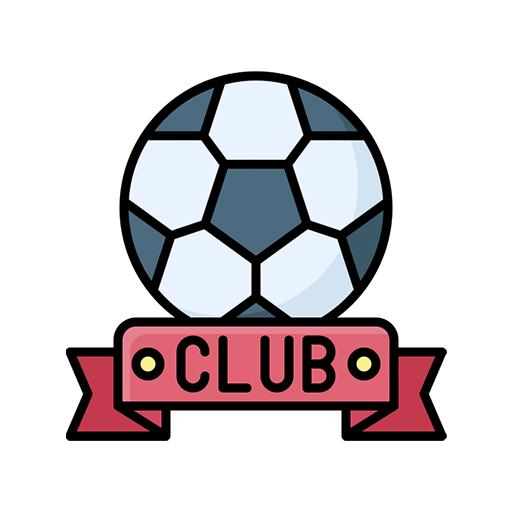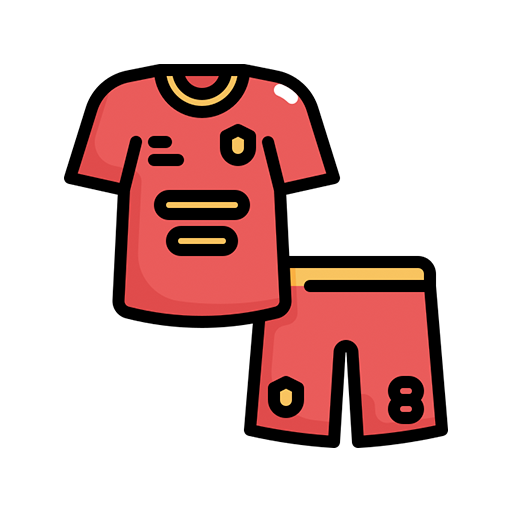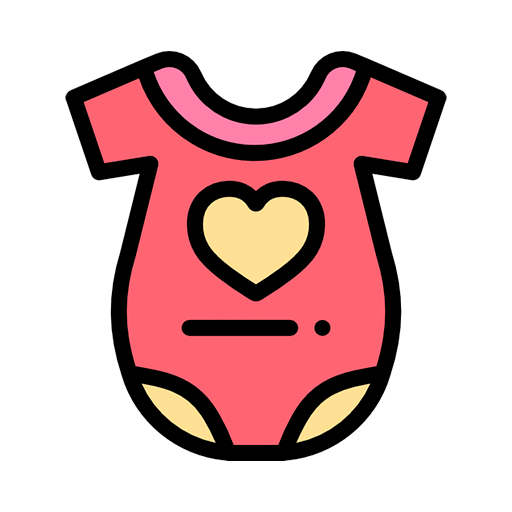
Washing and Maintaining Baby Clothing
Share
Can You Use Regular Detergent to Wash Baby Clothing?
As a new parent, you may wonder if you can use regular detergent to wash your baby's clothing. However, using gentle and chemical-free detergents is crucial for maintaining your baby's delicate skin.
Regular detergents can contain harsh chemicals that can irritate your baby's skin and cause rashes or allergies. It's essential to use gentle and chemical-free detergents that are specifically designed for baby clothing. Look for detergents that are labeled as "baby" or "hypoallergenic" and free from fragrance, dyes, and harsh chemicals.
When choosing a detergent for your baby's sensitive skin, consider using liquid detergents over powdered ones. Liquid detergents tend to rinse out more thoroughly than powdered ones, reducing the risk of residue left on clothing that can irritate your baby's skin.
It's also important to avoid fabric softeners and dryer sheets, as they can leave a residue on clothing that can irritate your baby's skin. Instead, use wool dryer balls or hang clothing to dry naturally.
When washing baby clothing, use warm water and a small amount of detergent to avoid any residue left on the clothing. It's also recommended to wash baby clothing separately from other laundry to prevent cross-contamination.
In conclusion, using gentle and chemical-free detergents is crucial for maintaining your baby's delicate skin. By following these tips and choosing the right detergent for your baby's sensitive skin, you can ensure that your baby's clothing is clean and comfortable.
How to Properly Wash and Care for Baby Clothing?
Properly washing and caring for baby clothing is essential for maintaining their quality and ensuring that they are safe for your baby to wear. Here are some tips for washing and caring for baby clothing:
Sorting Clothes by Color, Material, and Function: Before washing baby clothes, sort them by color, material, and function. This will prevent colors from bleeding and ensure that delicate items are washed separately from heavier items.
Guidelines for Washing Baby Clothes by Hand or Machine: Follow the care label instructions on each item of clothing to determine whether it should be washed by hand or machine. Use a gentle detergent and avoid using bleach or fabric softeners. For heavily soiled items, pre-treat stains before washing.
Tips for Drying and Ironing Baby Clothes: Avoid using a dryer for delicate items like onesies, sleepers, and blankets, as the high heat can cause shrinkage and damage the fabric. Instead, hang these items on a drying rack or clothesline. Iron on low heat if necessary.
How to Remove Stains and Odors from Baby Clothes: For tough stains, soak the item in a mixture of water and a stain remover before washing. To remove odors, add a cup of white vinegar to the rinse cycle. Avoid using fabric softeners or dryer sheets, as they can leave a residue on clothing that can trap odors.
In conclusion, properly washing and caring for baby clothing is essential for maintaining their quality and ensuring that they are safe for your baby to wear. By following these guidelines for sorting, washing, drying, ironing, and stain and odor removal, you can keep your baby's clothing clean and in good condition.
Can You Use a Dryer and Dryer Sheets for Baby Clothing?
Choosing the right drying method for baby clothes is important to maintain their quality and ensure they are safe for your baby to wear. Here are some things to consider when deciding whether to use a dryer and dryer sheets for baby clothing:
Pros and Cons of Using a Dryer and Dryer Sheets for Baby Clothing: The main advantage of using a dryer is that it is a quick and convenient way to dry baby clothing. However, high heat can cause shrinkage and damage delicate fabrics. Additionally, dryer sheets can leave a residue on clothing that can irritate your baby's skin and cause allergic reactions.
Choosing the Right Drying Method for Baby Clothes: For delicate items like onesies, sleepers, and blankets, air-drying is the best option. Hang these items on a drying rack or clothesline to avoid damage from high heat. For heavier items like towels and washcloths, it is safe to use a dryer on low heat.
Tips for Safe and Effective Drying with a Dryer and Dryer Sheets: When using a dryer, use low heat and a gentle cycle to avoid damage to delicate fabrics. Avoid using dryer sheets, as they can leave a residue on clothing that can irritate your baby's skin. Instead, use wool dryer balls or add a cup of white vinegar to the rinse cycle to soften clothes and reduce static.
In conclusion, using a dryer and dryer sheets for baby clothing can have both advantages and disadvantages. By following these guidelines for choosing the right drying method and using a dryer and dryer sheets safely and effectively, you can ensure that your baby's clothing is clean, comfortable, and safe.
How to Prevent Baby Clothing from Shrinking and Distorting?
Preventing baby clothing from shrinking and distorting is essential for maintaining their quality and ensuring that they fit properly. Here are some tips for avoiding shrinking and distortion in baby clothes during washing and drying:
Understanding the Causes of Shrinking and Distortion in Baby Clothing: Shrinking and distortion in baby clothing can be caused by high heat during washing and drying, as well as improper handling and storage. Fabrics like cotton and wool are particularly prone to shrinking and distortion.
Tips for Avoiding Shrinking and Distortion in Baby Clothes During Washing and Drying: To avoid shrinking and distortion in baby clothes, wash them in cold water and avoid using high heat during the drying cycle. Use a gentle cycle and a mild detergent, and avoid using bleach or fabric softeners. When drying, avoid using a dryer for delicate items like onesies, sleepers, and blankets, and instead air-dry them on a drying rack or clothesline.
How to Reshape and Recondition Shrunken or Distorted Baby Clothing: If baby clothing has already shrunk or distorted, there are ways to reshape and recondition them. Soak the item in lukewarm water with a gentle fabric conditioner, then gently stretch and reshape it back to its original size and shape. Avoid using a dryer or high heat during the reshaping process.
In conclusion, understanding the causes of shrinking and distortion in baby clothing and following these tips for avoiding them can help you maintain the quality and fit of your baby's clothing. And if baby clothing has already shrunk or distorted, there are ways to reshape and recondition them to restore their original size and shape.
How to Store and Organize Baby Clothing?
Properly storing and organizing baby clothing can help you keep your baby's wardrobe tidy and easily accessible. Here are some tips for storing and organizing baby clothing:
Preparing Baby Clothes for Storage: Before storing baby clothes, make sure they are clean and completely dry. Remove any stains or odors, and fold them neatly to prevent wrinkles.
Tips for Storing Baby Clothes in Different Seasons and Climates: Store seasonal clothing in separate containers to avoid clutter and make it easier to switch out clothing as the weather changes. In humid climates, consider using moisture-absorbing sachets or hanging bags of silica gel to prevent mildew and mold.
How to Organize Baby Clothes by Size, Type, and Occasion: Organize baby clothes by size, type, and occasion to make it easier to find what you need when you need it. Use dividers or labels to separate clothing by size, and store outfits together by occasion or type (e.g., sleepers, onesies, dresses).
Ideas for Repurposing or Donating Baby Clothes You No Longer Need: As your baby grows, you may accumulate clothes that no longer fit or are no longer needed. Consider repurposing these items into something new, or donating them to a local charity or secondhand store.
In conclusion, properly storing and organizing baby clothing can help you keep your baby's wardrobe tidy and easily accessible. By following these tips for preparing, storing, and organizing baby clothes, you can ensure that your baby's clothing is in good condition and easy to find when you need it.




